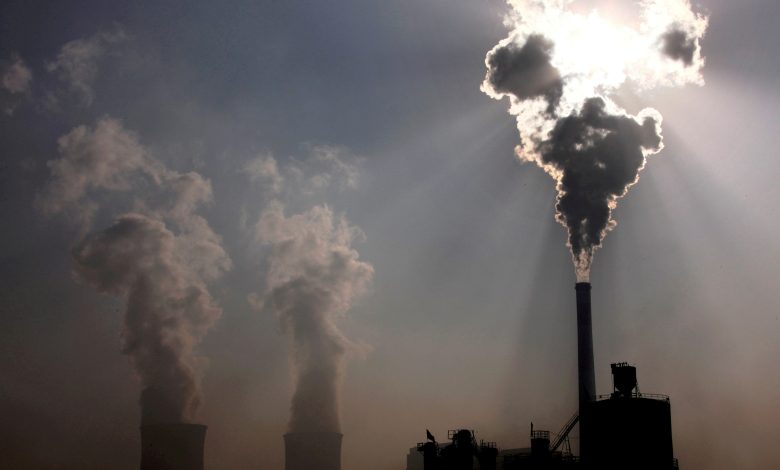South-east Asia electricity demand growth to be the second-fastest in the world: IEA

SOUTH-EAST Asia will have the second-fastest growth in energy demand after India, powered by rapid economic, population and manufacturing growth, according to the International Energy Agency (IEA) report on the region.
The region is expected to add the equivalent of Singapore’s population of around six million to the urban population every year from now to 2050, said Tim Gould, chief economist at the IEA.
In the Stated Policies Scenario (Steps), which provides a sense of the prevailing direction of energy system progression, based on a detailed review of the current policy landscape, South-east Asia is set to account for 25 per cent of global energy demand growth between now and 2035. The region will overtake Europe in energy demand by 2050.

Under Steps, South-east Asia’s electricity demand at 4 per cent annually outpaces the global average of 3 per cent. IEA projects that electricity demand will rise to above 2,000 terawatt hour by 2035, more than double Japan’s current electricity demand. This will be driven by the surging use of air conditioners, which will grow from 16 per cent today to about 30 per cent by 2035, accounting for about one-third of the region’s growth in electricity use.
Vulnerability to fuel price shocks
Energy security and affordability remain top priorities for South-east Asia, with the recent global energy crisis highlighting the region’s vulnerability to fuel price shocks. Fossil fuel consumption subsidies hit a record US$105 billion in 2022, about 60 per cent above the previous peak.
Conflicts in the Middle East will have an impact on South-east Asia, as the region is reliant on the Middle East for 60 per cent of its current oil imports. Fossil fuels accounted for 75 per cent of power sector inputs in 2023 for South-east Asia, and dependence on imports is set to deepen, with the region on track to be a net importer of liquefied natural gas (LNG) by late 2020s.
A NEWSLETTER FOR YOU

Friday, 8.30 am
Asean Business
Business insights centering on South-east Asia’s fast-growing economies.
South-east Asia’s annual oil import bill is set to surpass US$200 billion by 2050, up from US$130 billion today under Steps. To address affordability and security, an acceleration towards a structural transformation of the region is required under the Announced Pledges Scenario (Aps), which illustrates the extent that announced ambitions and targets can deliver the emissions reductions needed to achieve net-zero emissions.
Under Aps, annual fossil fuel import bills should peak at about US$140 billion around 2030 before dropping to under US$90 billion by 2050 – one-third of the amount projected in the Steps.
“But clean energy technologies are not expanding quickly enough and the continued heavy reliance on fossil fuel imports is leaving countries highly exposed to future risks,” said Fatih Birol, executive director at the IEA.
Developing alternatives to coal
Coal is the primary source of power in South-east Asia today, and the region will need to develop clean and affordable alternatives to coal for generation and grid reliability. This will be crucial in avoiding trade-offs between reducing coal use and ensuring electricity security and development objectives.
Aside from retiring coal plants early, the plants could be repurposed to focus on balancing the grid, or co-firing with ammonia and biomass, and retrofitting with carbon capture and utilisation systems. This repurposing allows coal plants to operate at lower capacity, producing less electricity and emission, but are available for use when demand is highest.
In Steps and Aps, existing older and less efficient subcritical coal plants are the first to pivot to provide flexibility. This will see emissions cut by an average of three million tonnes per year in Steps and nearly 17 million tonnes per year in Aps over the period to 2035.
In the shift to more flexible operations, early retirements and fewer new coal plants being commissioned, total annual carbon dioxide emissions from coal plants in South-east Asia drops by 20 per cent to 510 million tonnes in Aps. In Steps, emissions continue to grow to nearly 829 million tonnes in 2035 as new capacity comes online, and supercritical and advanced coal power plants continue to operate to supply the baseload of electricity.
Currently, South-east Asia’s energy transition is on track to weaken the link between gross domestic product (GDP) growth and emissions, but will not sever it entirely, according to the IEA. The region will need to more than double renewable capacity anticipated in Steps by 2030, including speeding up energy efficiency improvements, expanding grid and storage infrastructure and phasing out fossil fuels subsidies.

Investments into clean energy will need to grow, with South-east Asia lagging behind. The region only accounts for 2 per cent of global clean energy spending, below its 6 per cent share of global GDP. Currently, for every dollar that is invested in fossil fuels in the region, only 80 cents is invested in clean energy.
The private sector could be brought in, as well as different finance sources, to meet the over US$190 billion needed in Aps. At present, the cost of clean energy projects in South-east Asia is twice that of advanced economies.

